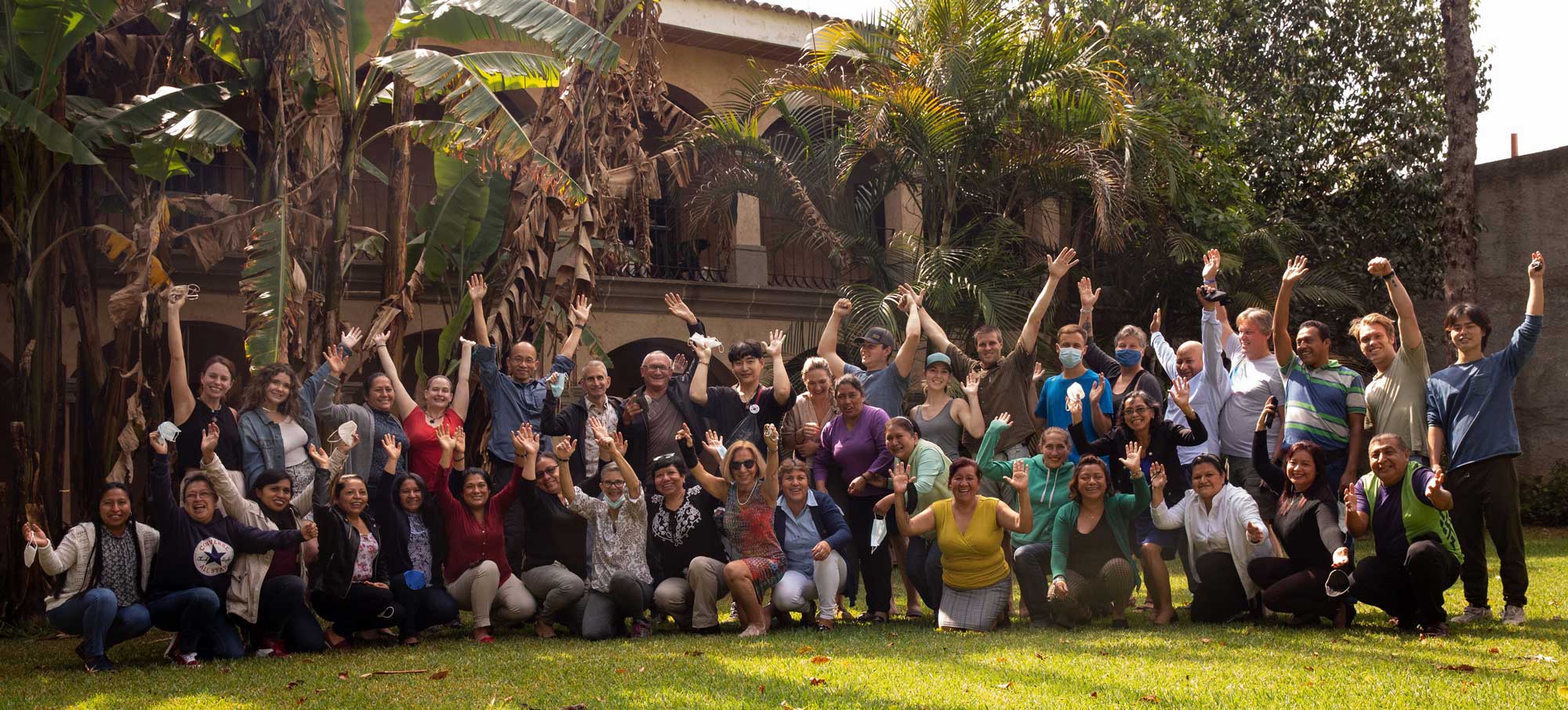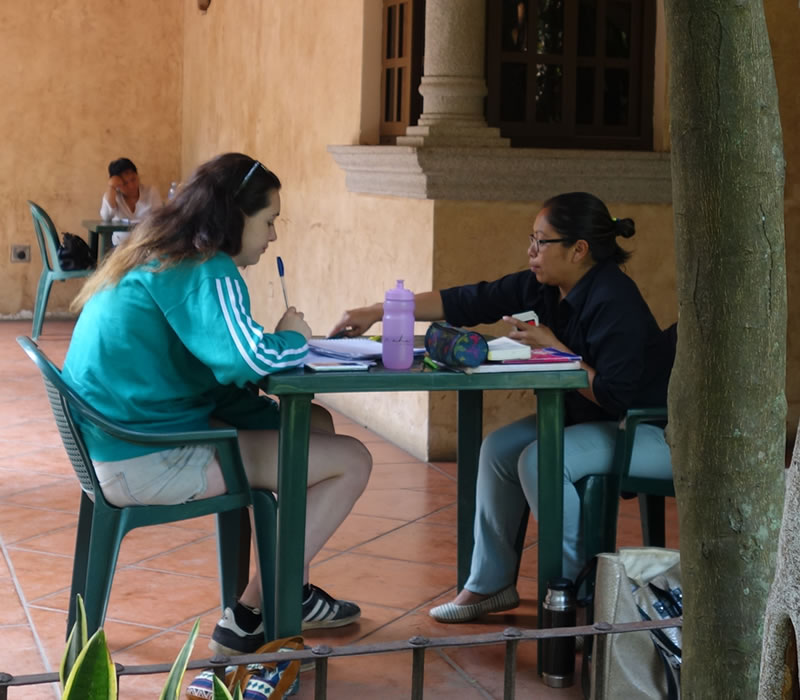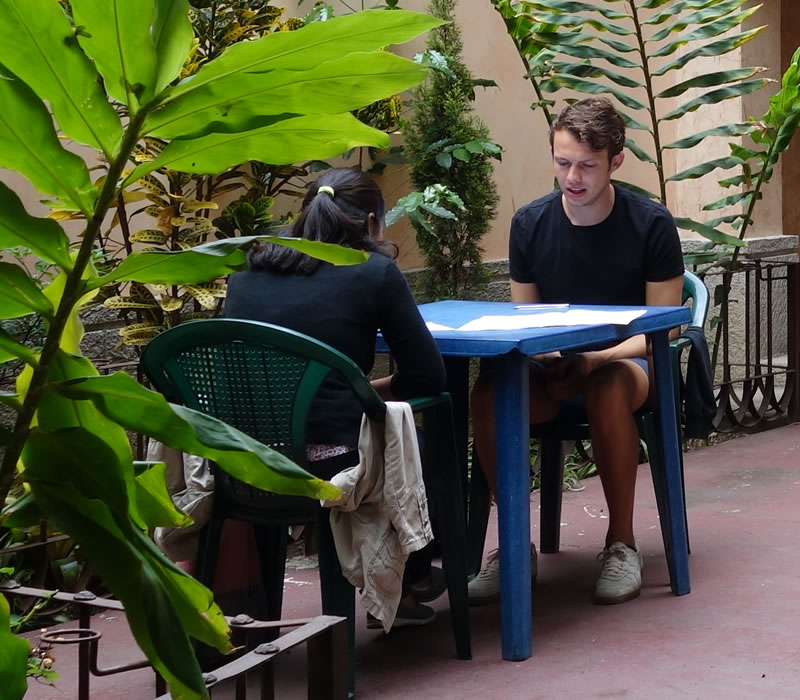The Method
They are resources for teaching. The methods and techniques are designed to make the learning effective and efficient. Symbolic or verbalist Method: Executed by the word. Oral language and written language. Individual Method: This version is the education of one student. The ultimate goal is to provide individual development more efficient. Collective Method: The method is collective when we have a teacher to many students. This method is cheaper and also more democratic. (Available only in groups of 2-5 students per course, if you are interested in this option you must form your own group).


